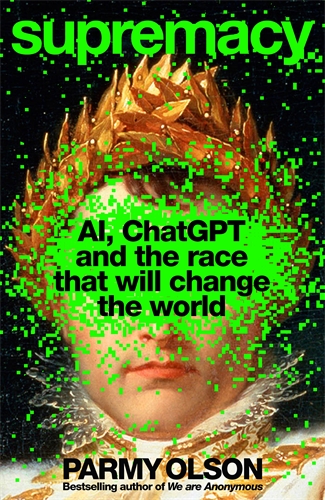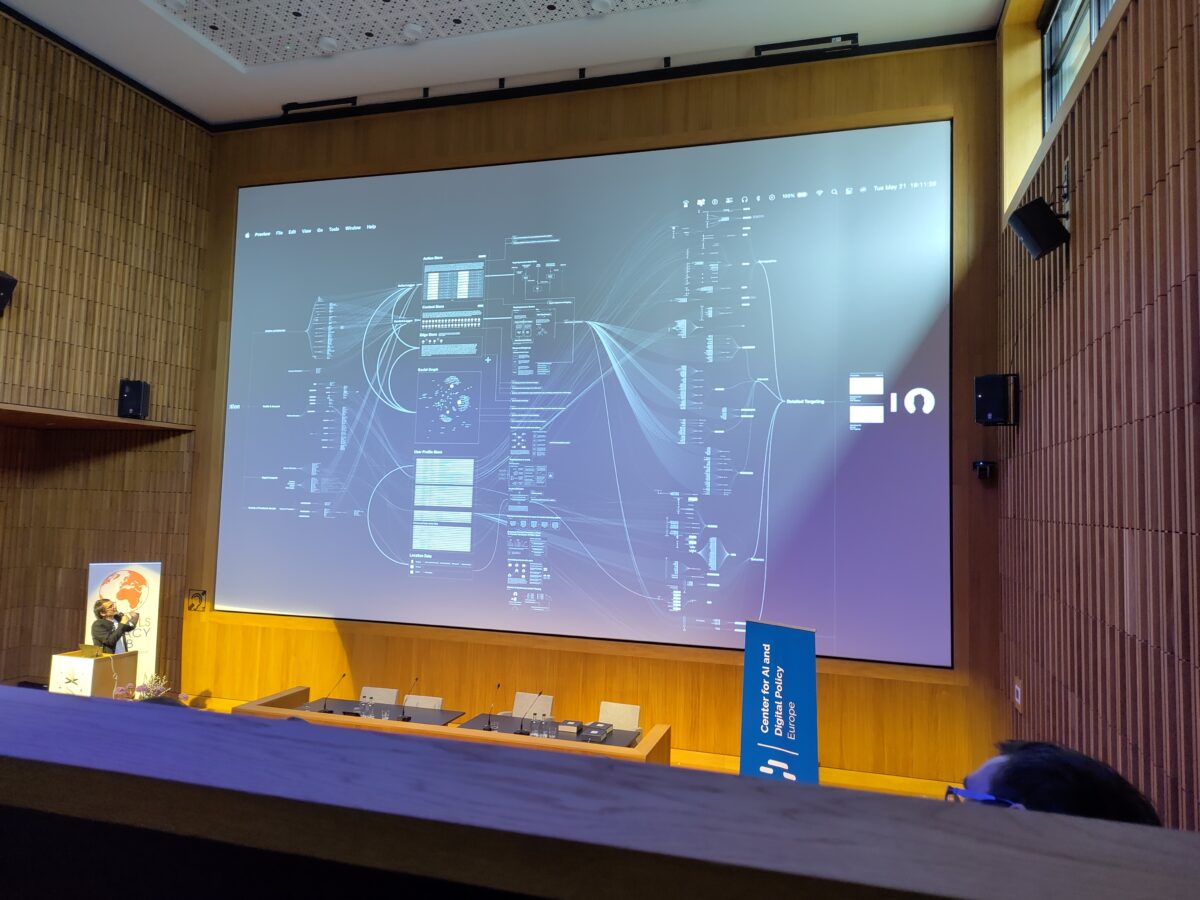Supremacy: AI, ChatGPT, and the Race That Will Change the World
By Parmy Olson
Macmillan Business
ISBN: 978-1035038220
One of the most famous books about the process of writing software is Frederick Brooks’ The Mythical Man Month. The essay that gives the book its title makes the point that you cannot speed up the process by throwing more and more people at it. The more people you have, the more they have to all communicate with each other, and the pathways multiply exponentially. Think of it this way: 500 people can’t read a book faster than five people can.
Brooks’ warning immediately springs to mind when Parmy Olson reports, late in her new book, Supremacy, that Microsoft CEO Sadya Nadella was furious to discover that Microsoft’s 5,000 direct employees working on AI lagged well behind the rapid advances being made by the fewer than 200 working working at OpenAI. Some things just aren’t improved by parallel processing.
The story Olson tells is a sad one: two guys, both eager to develop an artificial general intelligence in order to save, or least help, humanity, who both wind up working for large commercial companies whose primary interests are to 1) make money and 2) outcompete the other guy. For Demis Hassabis, the company was Google, which bought his DeepMind startup in 2014. For Sam Altman, founder of OpenAI, it was Microsoft. Which fits: Hassabis’s approach to “solving AI” was to let them teach themselves by playing games, hoping to drive science discovery; Altman sought to solve real-world problems and bring everyone wealth. Too late for Olson’s book, Hassabis has achieved enough of a piece of his dream to have been one of three awarded the 2024 Nobel Prize in chemistry for using AI to predict how proteins will fold.
For both the reason was the same: the resources they sought to work in AI – data, computing power, and high-priced personnel – are too expensive for either traditional startup venture capital funding or for academia. (Cure Vladen Joler, at this year’s Computers, Privacy, and Data Protection, noting that AI is arriving “pre-monopolized”.) As Olson tells the story, they both tried repeatedly to keep the companies they founded independent. Yet, both have wound up positioned to run the companies whose money they took apparently believing, like many geek founders with more IQ points than sense, that they would not have to give up control.
In comparing and contrasting the two founders, Olson shows where many of today’s problems came from. Allying themselves with Big Tech meant giving up on transparency. The ethicists who are calling out these companies over real and present harms caused by the tools they’ve built, such as bias, discrimination, and exploitation of workers performing tasks like labeling data, have 1% or less of the funding of those pushing safety for superintelligences that may never exist.
Olson does a good job of explaining the technical advances that led to the breakthroughs of recent years, as well as the business and staff realities of their different paths. A key point she pulls out is the extent to which both Google and Microsoft have become the kind of risk-averse, slow-moving, sclerotic company they despised when they were small, nimble newcomers.
Different paths, but ultimately, their story is the same: they fought the money, and the money won.








